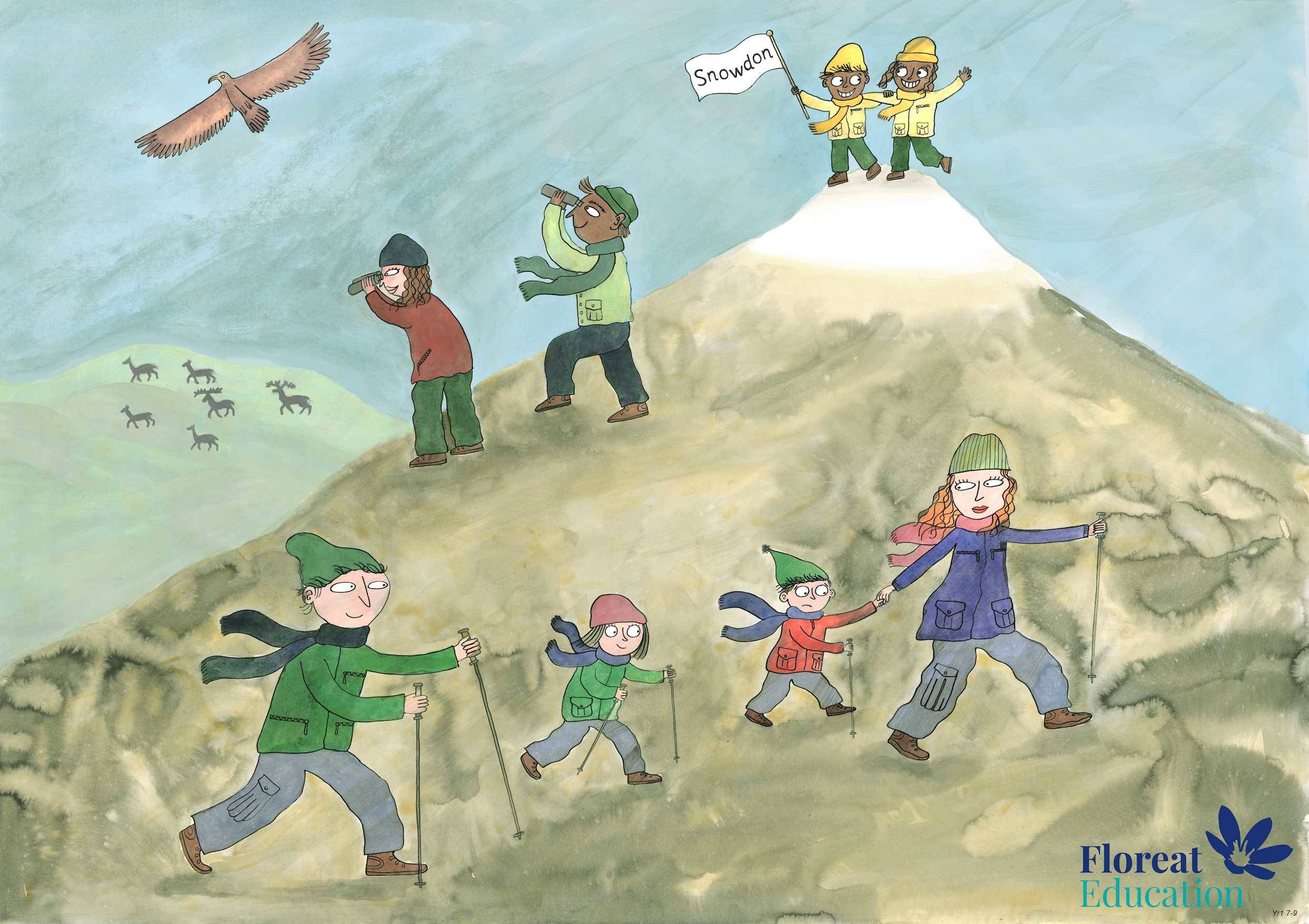Curiosity
Core Story
That’s not Lemonade!, written for Floreat (see Y2 Curiosity ). Henry is playing football with his friends on a sunny day. They become very thirsty so they go inside to ask Henry’s mum for a drink of lemonade. Henry walks into the kitchen to find his mum cleaning the kitchen floor. Just as he finishes asking for a drink, the phone rings and his mum tells him to wait. Henry is so thirsty; he wants a drink immediately. He picks up the bottle of yellow liquid his mum has put down on the side. Can his friends warn him in time?
Before reading the story to the class, set up the topic by doing Activity 1. This introduces the topic and will help pupils to understand the story fully.

Drawing out the virtue
This story has been chosen for curiosity because children should always use their curiosity to ask questions to help them make safe and sensible decisions. During the story the pause button shows where teachers can stop to ask pupils for their responses to what it happening. Henry should have ‘pressed pause’ and asked himself some questions such as ‘does this belong to me?’ ‘Has this bottle got a label?’’ ‘Do I know this is safe to drink?’.
Activity 1: A mysterious bottle
Before reading the story ask the class to sit in a circle. Place a bottle full of liquid in the middle of the circle. It is important that the bottle should not have a label on it. Tell the children you found this bottle in the classroom but you don’t know where it came from. Ask the class whether you should try it to find out. Take some comments and opinions from the children without affirming or correcting any answers. Now share the story with the class.
At the end of the story bring the class’ attention back to the bottle full of liquid. What do they think now? Use this as an opportunity to explain that you should never drink anything that doesn’t have a label, or you don’t know exactly what it is and where it is from. Even if it looks safe.
The next section of PowerPoint Y2 Curiosity is intended to teach pupils to recognise labels which show that a substance is dangerous. The last few slides are an opportunity to discuss how similar safe and unsafe items can look. The message is that even if it looks safe, you must always read the label or ask an adult.

Activity 2: Medicines
Ask the children to think of a time when they were ill – what helped them to get better? Medicines, rest, care from parent.
Emphasise that medicines are not always needed to feel better if you are unwell.
Ask the children what different forms of medicine they know eg. tablets, liquid, cream, spray.
Bring in some empty medicine boxes and bottles for the children to look at. Discuss what information is always on the packet - ingredients, dosage and ‘keep out of reach of children’. Discuss why each of these is important. Explain that if you don’t take the right dosage, or if you take medicine that isn’t meant for you then it can make you very ill.
|
Classroom language
|
Sayings
|
|
|
To pique someone’s curiosity.
|
Library books
Encyclopedias
Non-fiction books about birds, trees, plants, animals, different countries, transport.
We’re Going to Build a Dam by Gillian McClure
How Do the Flowers Grow? Usborne Flip Book
The Curious George series by Margaret Rey
The Snail and the Whale by Julia Donaldson